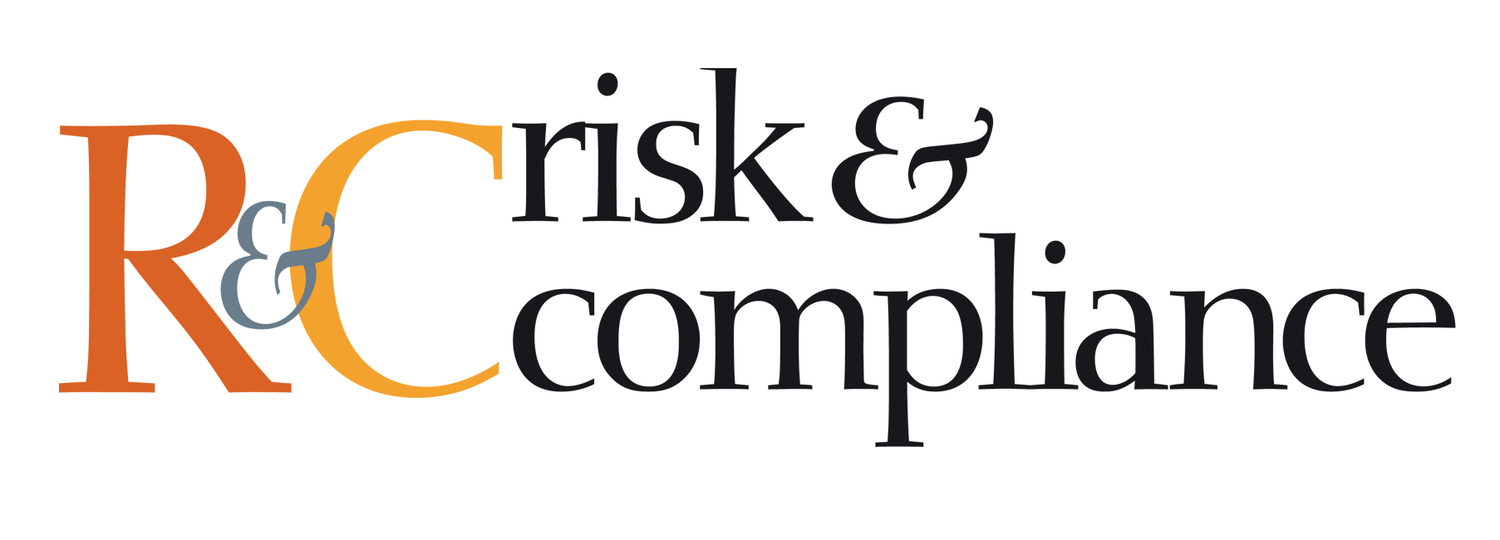ASSET-LIABILITY MANAGEMENT (ALM) IN THE CONCEPT OF STRESS TESTING
R&C: Could you outline the some of the main asset and liability management (ALM) challenges financial institutions (FIs) face? How have the risks and exposures evolved in recent years?
Chen: Given the increasing sophistication of the banking business and the development of funding and risk management instruments, asset-liability management (ALM) requires modernisation. The interactions of the inherent risks underlying banking business call for a comprehensive approach to risk management. The original idea of ALM at banks was to centralise interest risk management, freeing the bank’s business units to handle other risks, including credit risk. The global financial crisis demonstrated how increasing interest rates can drive up credit risk which, in turn, quickly leads to funding liquidity issues, which can further damage a bank’s equity and start a vicious cycle in the entire financial system. Interest rates, credit risk, liquidity risk, reputation risk and so on, cannot be managed in isolation. One challenge to the traditional ALM function is the incorporation of the behavioural and contingent cash flows from both banking and trading activities that are dynamic to the underlying macroeconomic environment. The importance of a coherent view of the underlying cash flows to a bank’s net interest income, funds transfer pricing, credit provisioning, liquidity risk and equity risk becomes more obvious to both bank management and regulators. The enterprise stress testing pioneered by US regulators has led the industry to think about total balance sheet management and optimisation.

